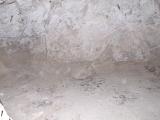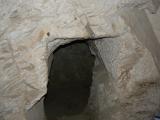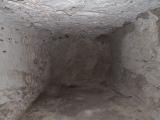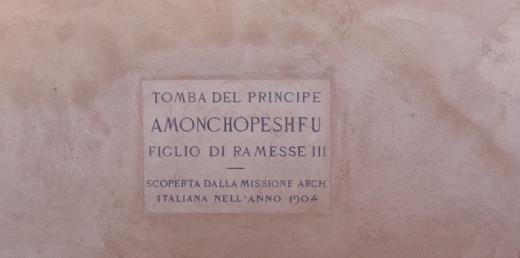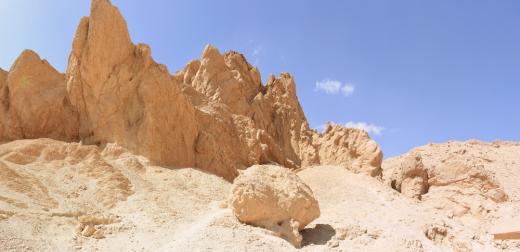QV 79
Anonymous*
About
About
QV 79 lies on the north side of the main Wadi at its eastern end, near the electricity building and WC trailer. The tomb has a large L-shaped chamber off which lies a smaller side chamber. The shaft entrance has a modern cemented masonry surround spanned by a metal grill.
At the time of Elizabeth Thomas' visit, the entrance to the chamber was largely blocked, though her sketches indicate that the shaft was at least partially clear and visible. The most recent clearing of the tomb was undertaken by the Franco-Egyptian Mission in 1987. They suggest that while the tomb was initially constructed in the 18th Dynasty, the side chamber was added during a later period of reuse. Based on the finds, the tomb was reused during the Third Intermediate, Roman, and Coptic Periods.
Site History
The tomb was constructed during the 18th Dynasty and expanded and reused during the Third Intermediate, Roman, and Coptic Periods.
Dating
This site was used during the following period(s):
Exploration
Conservation
Site Condition
According to the GCI-SCA, the tomb is considered stable. The 5m deep shaft exhibits some fractures and is partially filled with debris. The rock of the chambers has minor fracturing with an area of substantial loss from the ceiling at the entrance. There is a thin layer of cracked mud on the floor of the side chamber, providing evidence of previous flooding. Substantial quantities of salt have effloresced on the north wall of the main chamber. Bat droppings and localized rock staining are present throughout the tomb and five bats were observed by the GCI assessment team in January 2008. Wasps' nests also adhered to the walls.

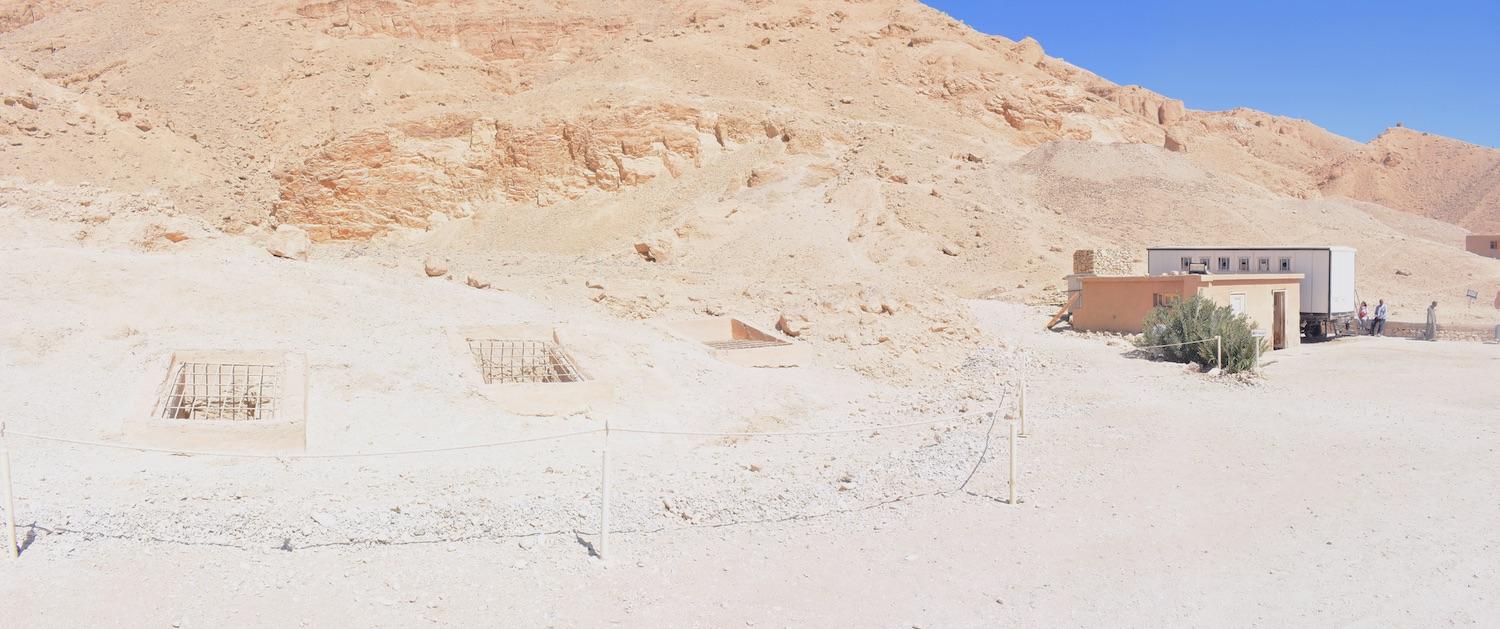
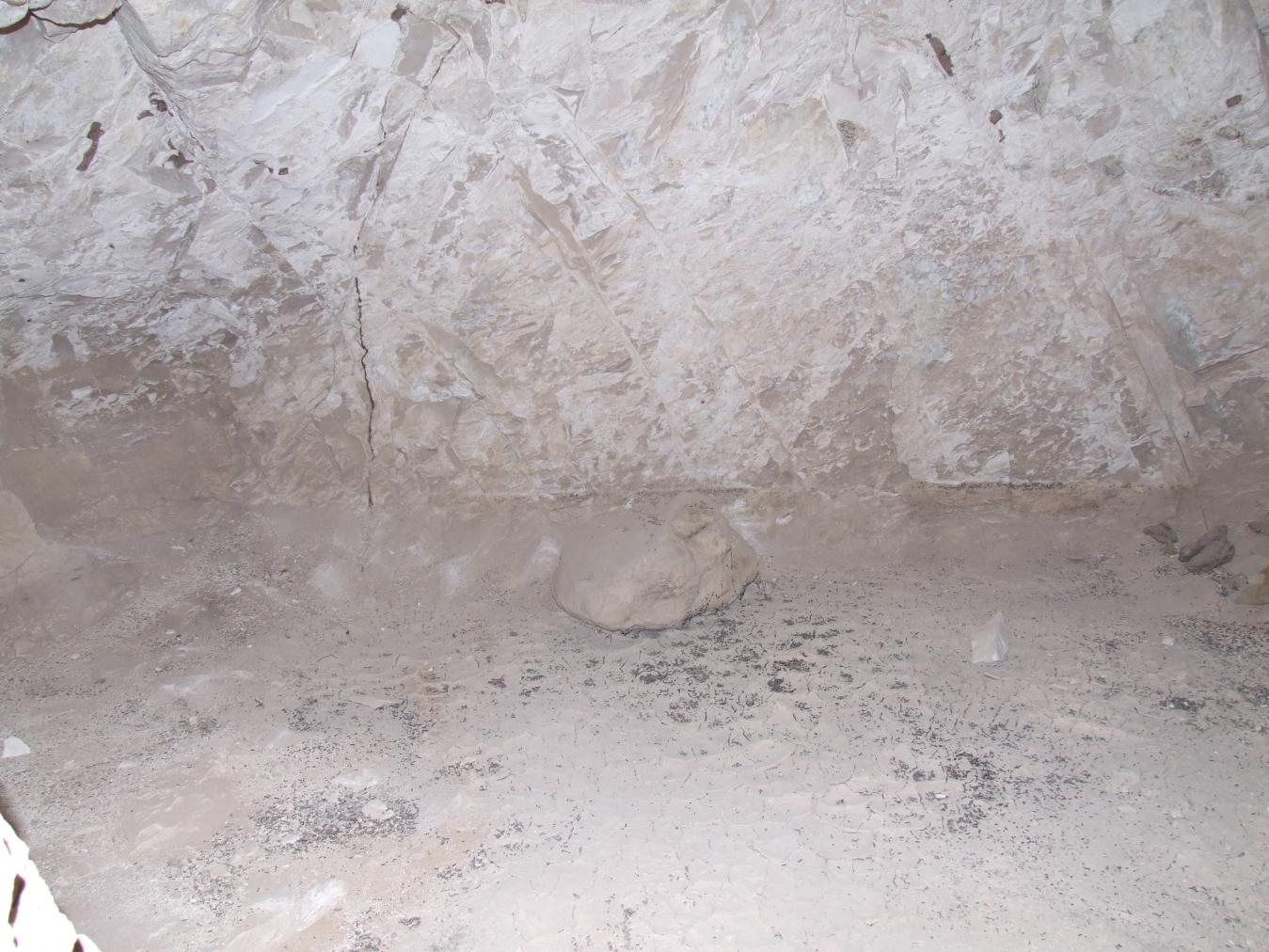
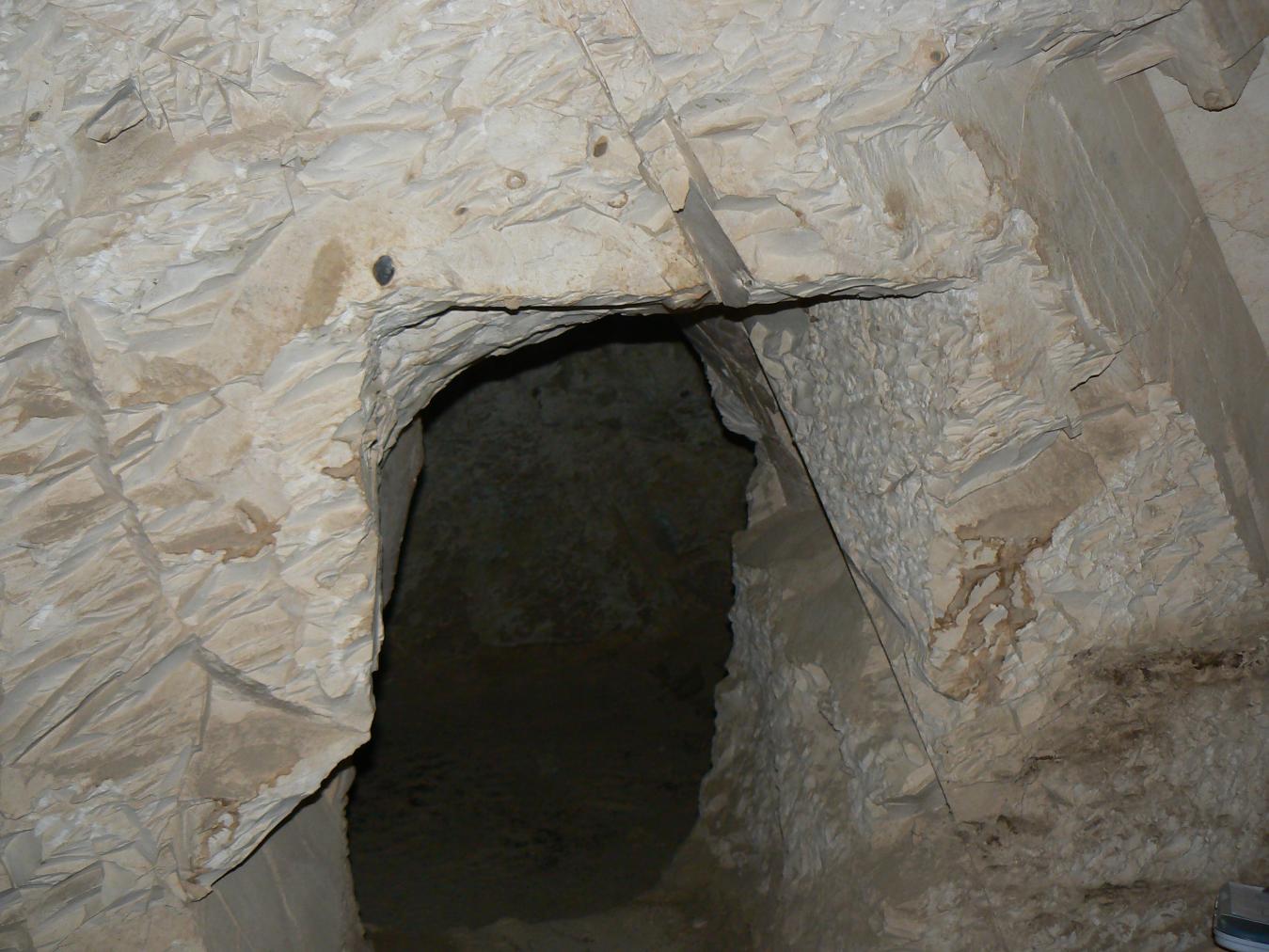
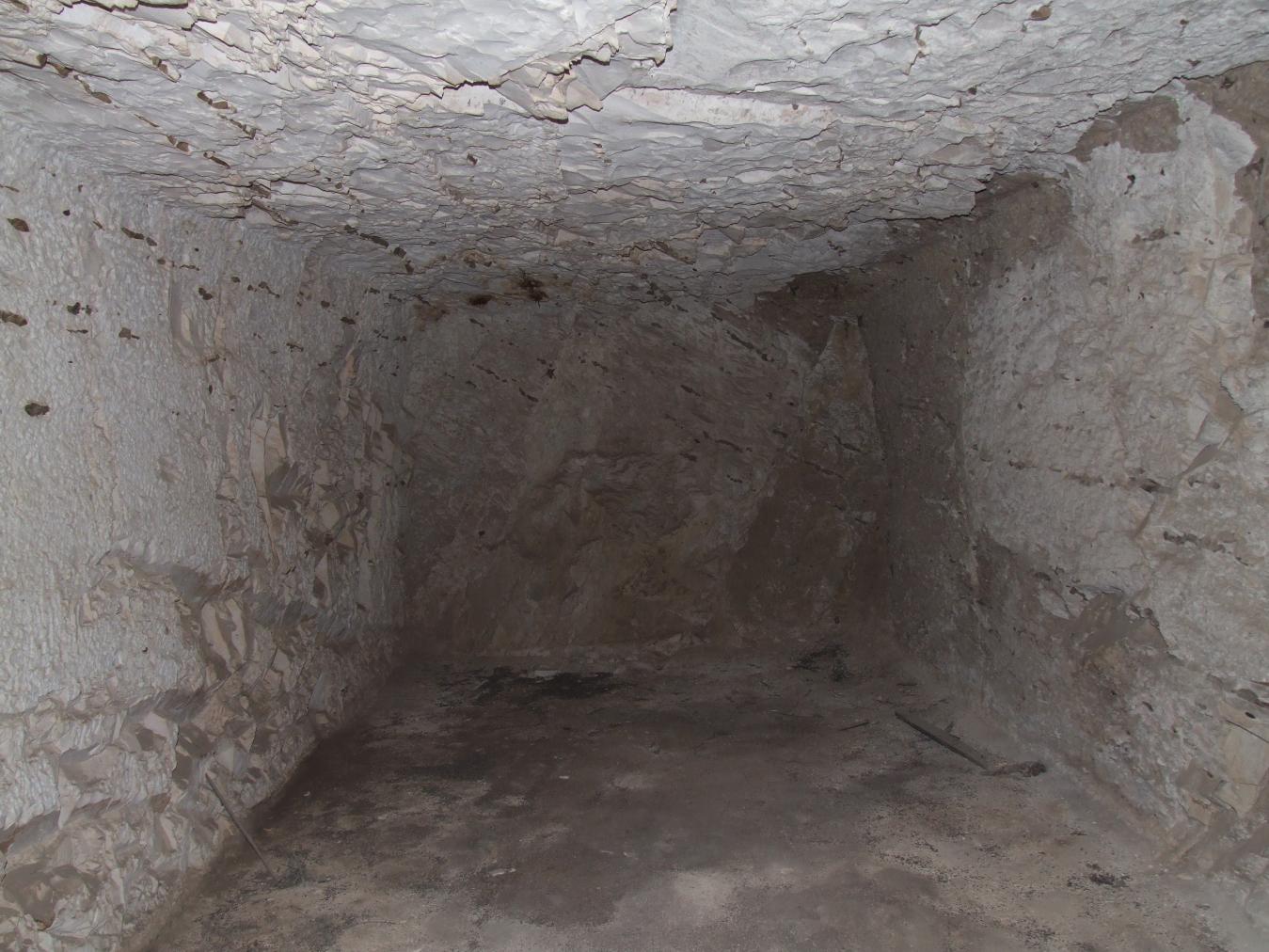
Articles
Tomb Numbering Systems in the Valley of the Queens and the Western Wadis
Geography and Geology of the Valley of the Queens and Western Wadis
Bibliography
Aston, D.A. The Theban West Bank from the Twenty-fifth Dynasty to the Ptolemaic Period. In: Nigel Strudwick, and John H. Taylor (Eds.). The Theban Necropolis: Past, Present and Future. London: British Museum, 2003: 138- 63.
CNRS mission report: Centre national de la recherche scientifique (France). Rapport d'activité 1987-1988 URA no. 1064, 1987-1988.
Demas, Martha and Neville Agnew (eds). Valley of the Queens. Assessment Report. Los Angeles: The Getty Conservation Institute, 2012, 2016. Two vols.
Thomas, Elizabeth. The Royal Necropoleis of Thebes. Princeton: privately printed, 1966.



